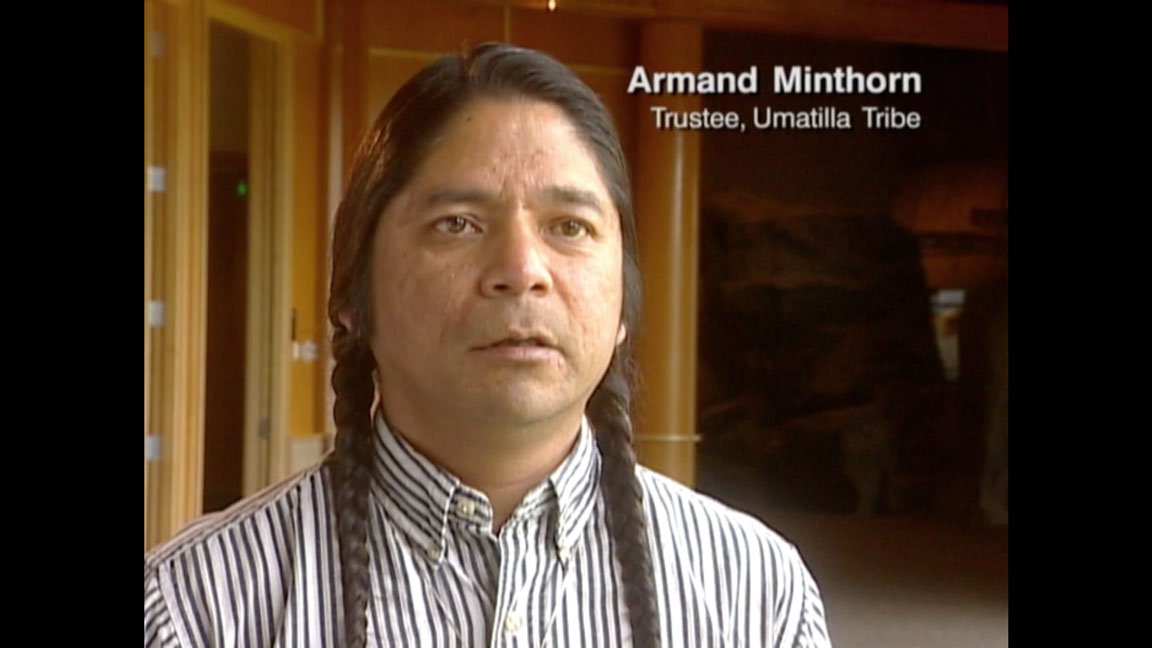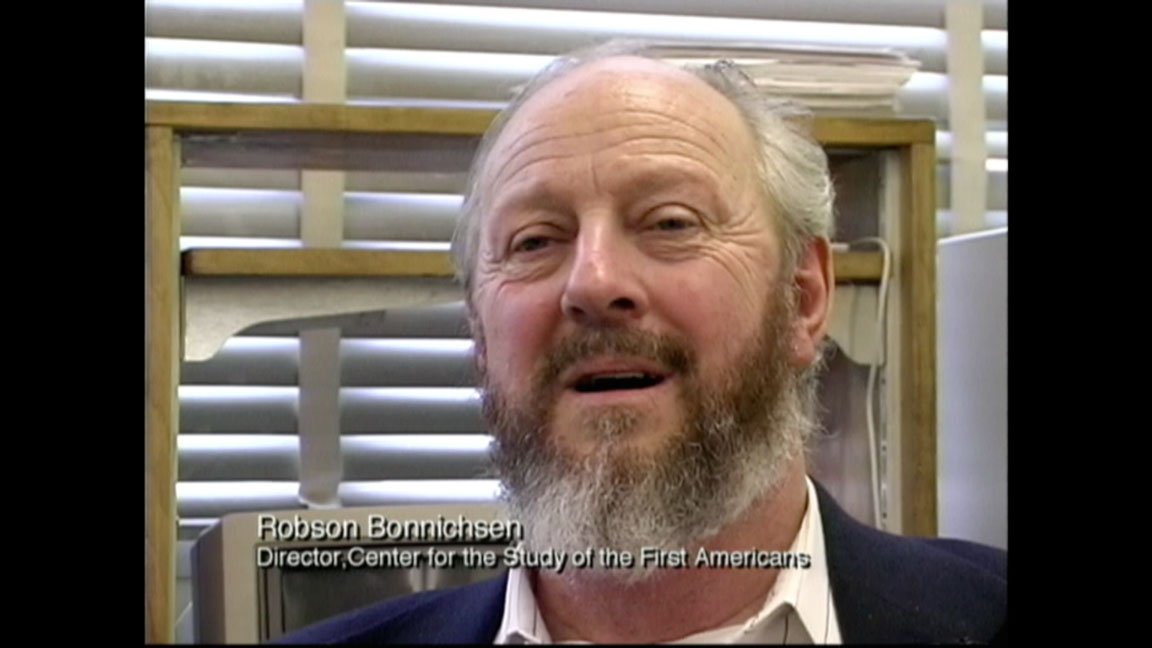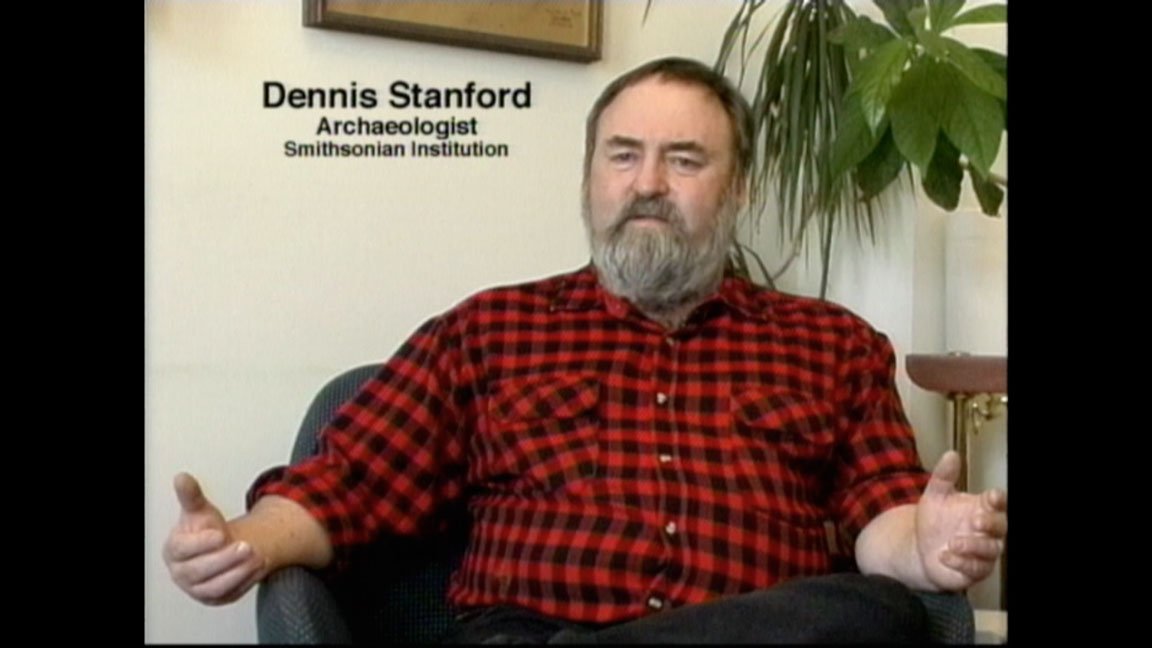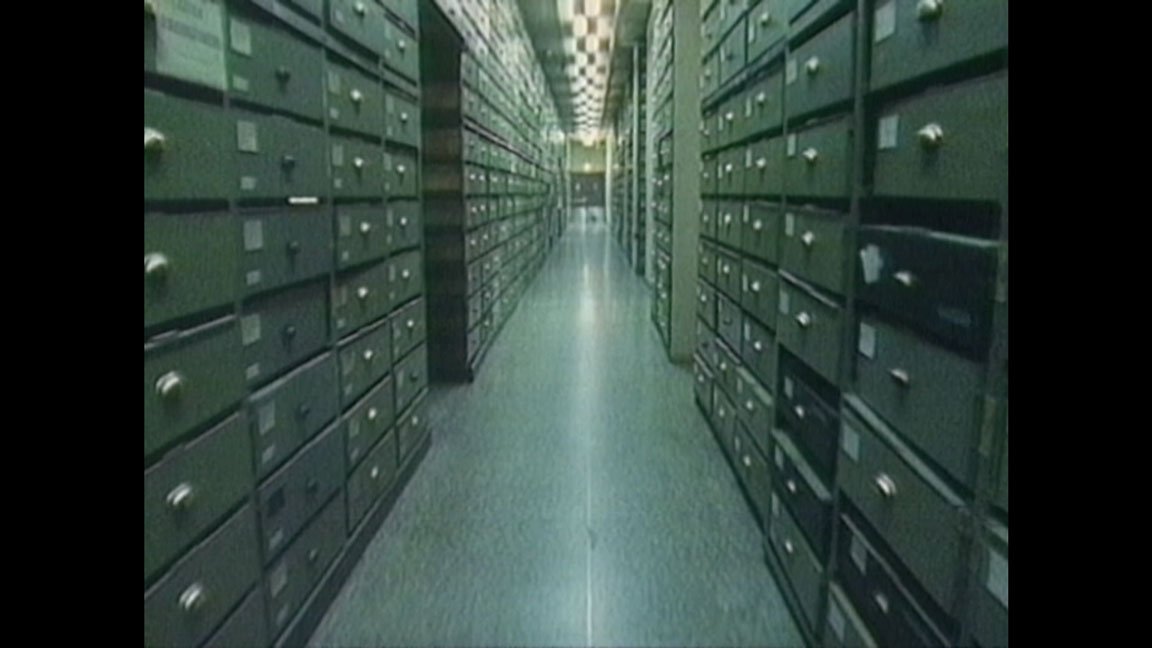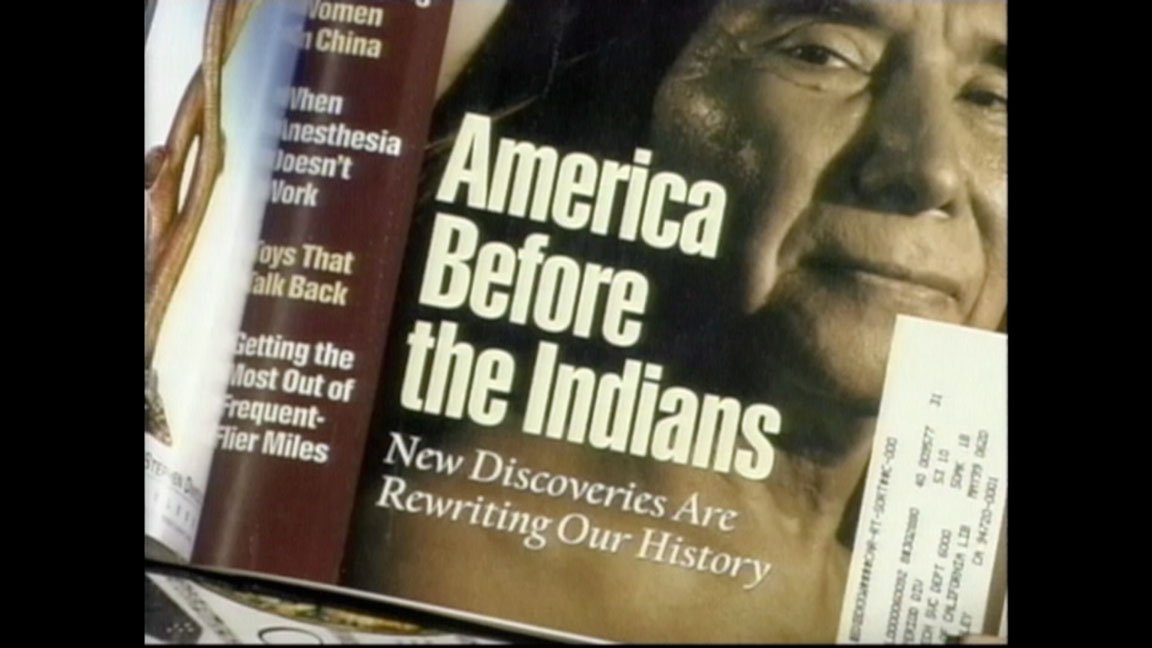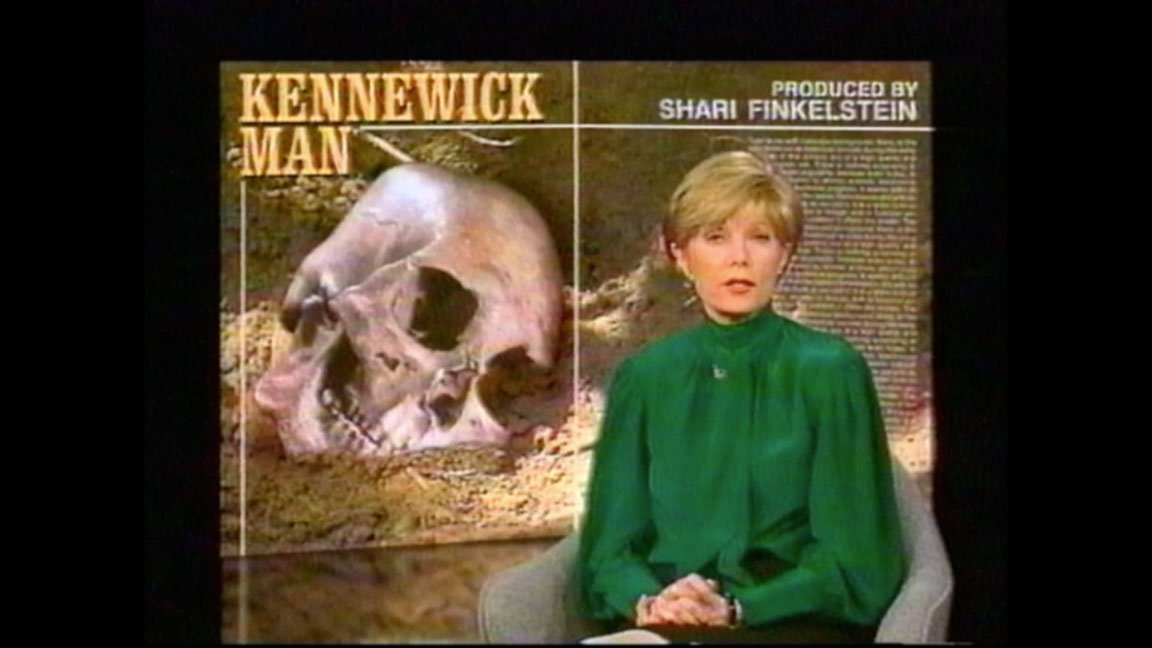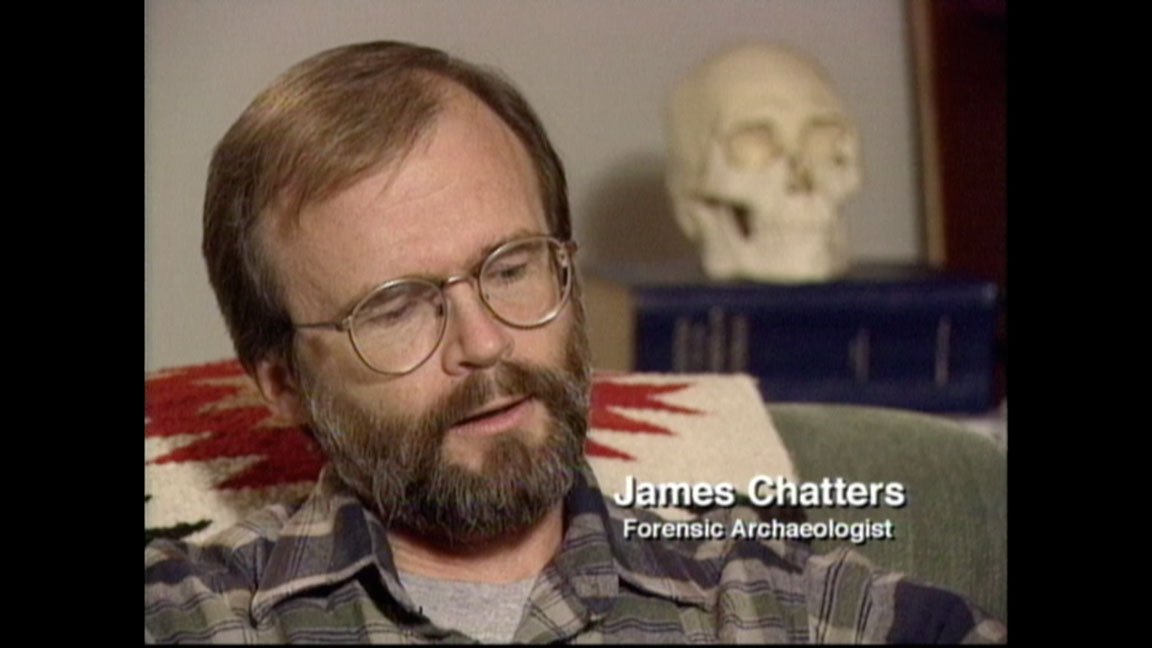Who Owns the Past?
The final decades of the twentieth century brought unprecedented changes for American Indians, especially in the areas of human rights and tribal sovereignty. In 1990, after a long struggle between Indian rights groups and the scientific establishment, the Native American Graves Repatriation and Protection Act was passed.
For American Indians, this was perhaps the most important piece of civil and human rights legislation of this century. Skeletons and grave goods that had been gathering dust in museums around the country could come home again, and Indian graves would be protected from further desecration.
“I can’t imagine teaching my classes in anthropology and archaeology without showing this film.”
Jerald Jay Johnson, Chair, Dept. of Anthropology, California State Univ., Sacramento
But a case tested these claims, and Who Owns the Past? focuses on the controversy that emerged. The discovery of a 9,000-year-old skeleton on the banks of the Columbia River near Kennewick, Washington, reignited the conflict between anthropologists and Indian people over the control of human remains found on ancestral Indian lands. Anthropologists insist that these remains hold the key to America’s past and must be studied for the benefit of mankind, while many Indian people believe that exhuming and studying them is a desecration of their ancestors.
Kennewick Man has become a test case for NAGPRA and all that it symbolizes for American Indians. To a large extent, its outcome will determine Indian sovereignty over their past and their future in the 21st century. Who Owns the Past? examines how two ways of seeing the world – scientific versus traditional – are clashing in the case of Kennewick Man.

| Release date: 2000 Producer & Director: Jed Riffe Additional Direction: George Burdeau Camera: Tom Kaufman, Jim Locker, Vicente Franco, Jed Riffe Editor: William Smock |
| Bronze Award-Historical Documentary 2000 Worldfest Houston Broadcast 2001 Independent Lens PBS |
